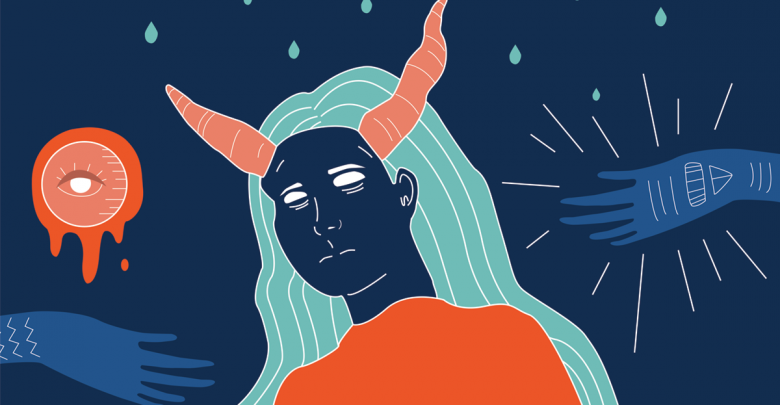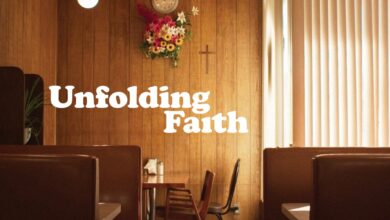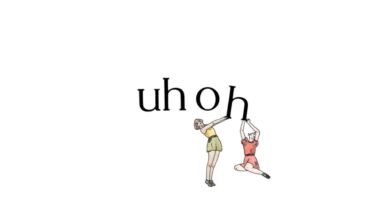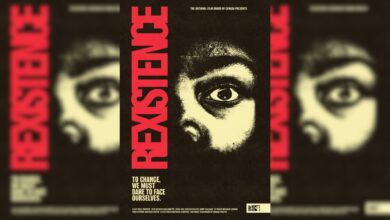 Jessica Tang
Jessica TangWhen I think of predicting the future, I picture Raven-Symoné from That’s So Raven making a funny face as she has a vision. Watching that show each Saturday, I convinced myself that every bout of déjà vu I had was me channeling my inner Raven. I knew it wasn’t possible, but deep down I also wanted to know what fate had in store for me. Eventually the show ended, and I grew up no longer entertaining that fantasy.
I first dealt with tarot cards the summer I worked in a cell biology lab. It felt ironic to practice tarot while I was delving into the world of science — one of tarot’s biggest critics. Despite my appreciation for the scientific method, the encounter intrigued me and I was motivated to reach out to my longtime friend Emma Williams, a third-year education student and seasoned tarot card reader. At 16, Williams learned how to read the cards from her mother Lloy, who herself has over 30 years of experience.
Beginning in 15th-century Europe as a card game, tarot gained its current use as a divination tool in the 18th century. Working best with yes or no questions, tarot can be read for multiple situations: major life decisions, relationships, and overall views on the year.
Tarot cards are broken up into two groups: the major and minor arcana. The major arcana are the main and most powerful cards, often addressing an overarching theme in your life. The minor arcana cover smaller circumstances, often dealing with day-to-day feelings.
Similar to modern playing cards, the minor arcana are made up of four suits: cups, wands, pentacles, and swords. Williams explained that cups often convey positivity, wands usually represent wisdom and being a student of life, pentacles address the material world, and swords indicate more negative situations.
When it comes down to actually reading the cards, Williams believes tarot is based on channeling your intuition. She told me that while shuffling, the reader focuses their energy on the question at hand and the cards feel it. Once the cards are drawn, it’s up to your intuition to read them correctly.
“The cards are always right, but it’s how you interpret them that becomes the intuition part,” Williams said. “So if I’m wrong it’s my fault, not the cards’.”
I asked Williams for a reading, but she offered me one better — she got her highly experienced mother to take a glimpse into my future instead. We sat ourselves at their dining room table as Lloy unwrapped the cards from a pink handkerchief and began shuffling them with a silent intensity.
We started with my year reading. When a card depicting a tower was drawn, Williams and her mother let out a palpable gasp, but said nothing. According to the cards, my year will play out like a roller coaster with some really high and low moments.
Apparently, the first exam period will be extremely challenging, but luckily my second semester will be a breeze. The dreaded tower card represents an unexpected disaster in May, but because most cards drawn were positive, Lloy believes it won’t ruin my year and I’ll finish it with a sense of achievement.
I think a bit of healthy skepticism is always good, and I don’t think it’s a good idea to base your whole life around tarot cards.
Now for the spicy part: my love life. Thankfully, this reading was void of any tower cards. Lloy believes my next partner will be a fellow university student I already know. Once we hit it off, the cards say it’ll be a fun relationship and we’ll travel somewhere cool together.
Though aspects of my reading were spot on, it’s no secret that tarot has quite a few skeptics. Surprisingly, Williams isn’t bothered by the critics, and instead welcomes the suspicion.
“I think a bit of healthy skepticism is always good, and I don’t think it’s a good idea to base your whole life around tarot cards,” she said. “I think that can be dangerous. Plus, reading cards for everything takes all the excitement out of life.”
Williams advises novice tarot readers not to take the cards as gospel.
“The future is still undecided and not everything is set in stone the moment you’re born,” she said. “I like to think it’s written in pencil and can be erased.”




